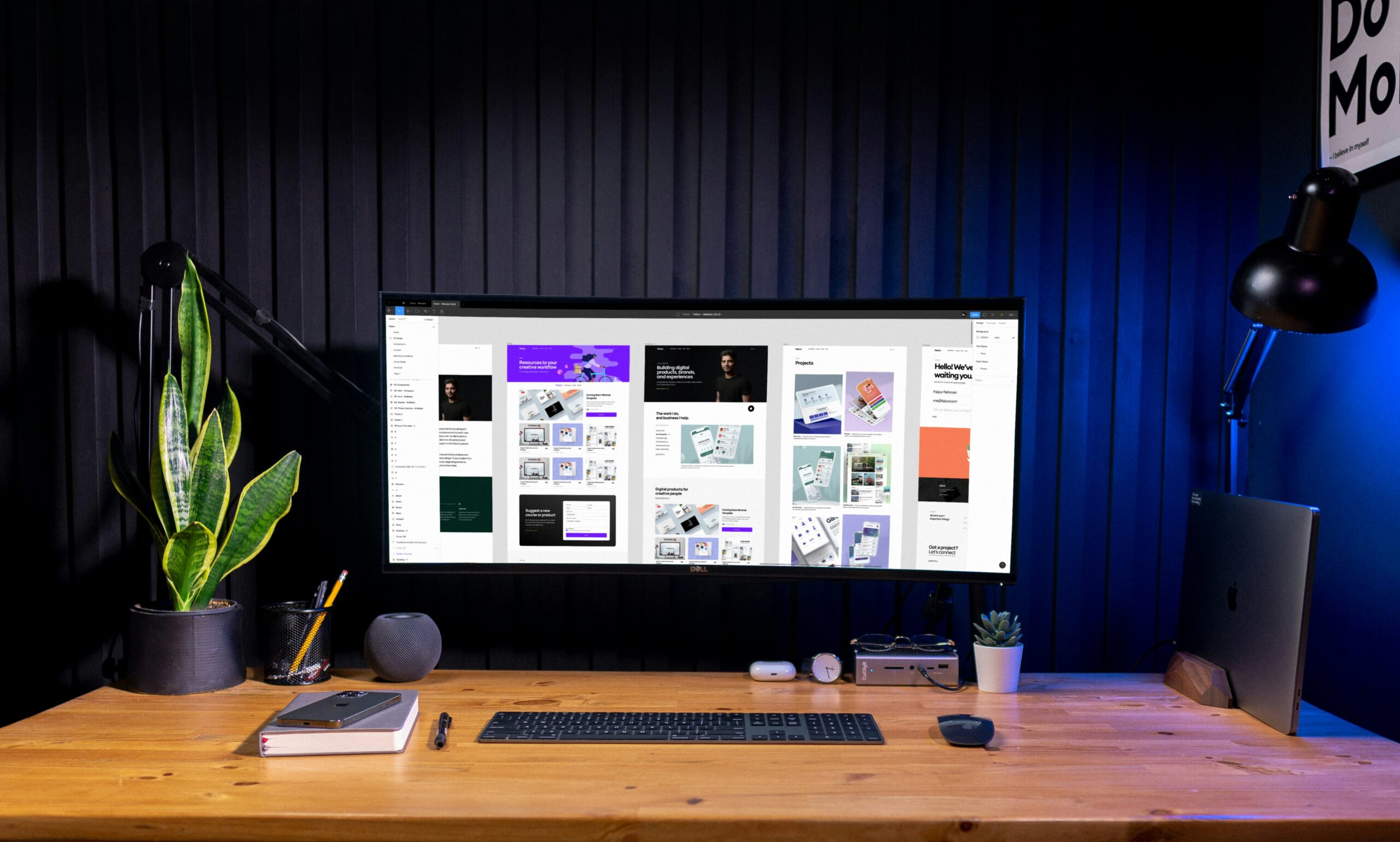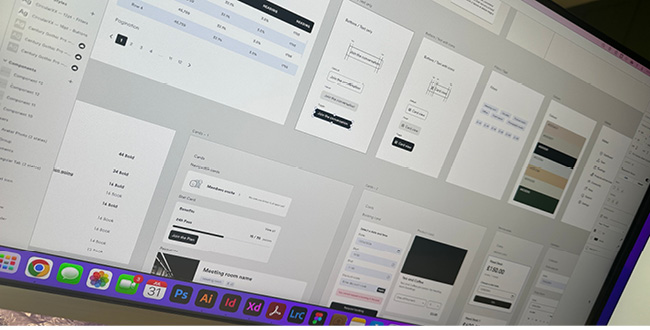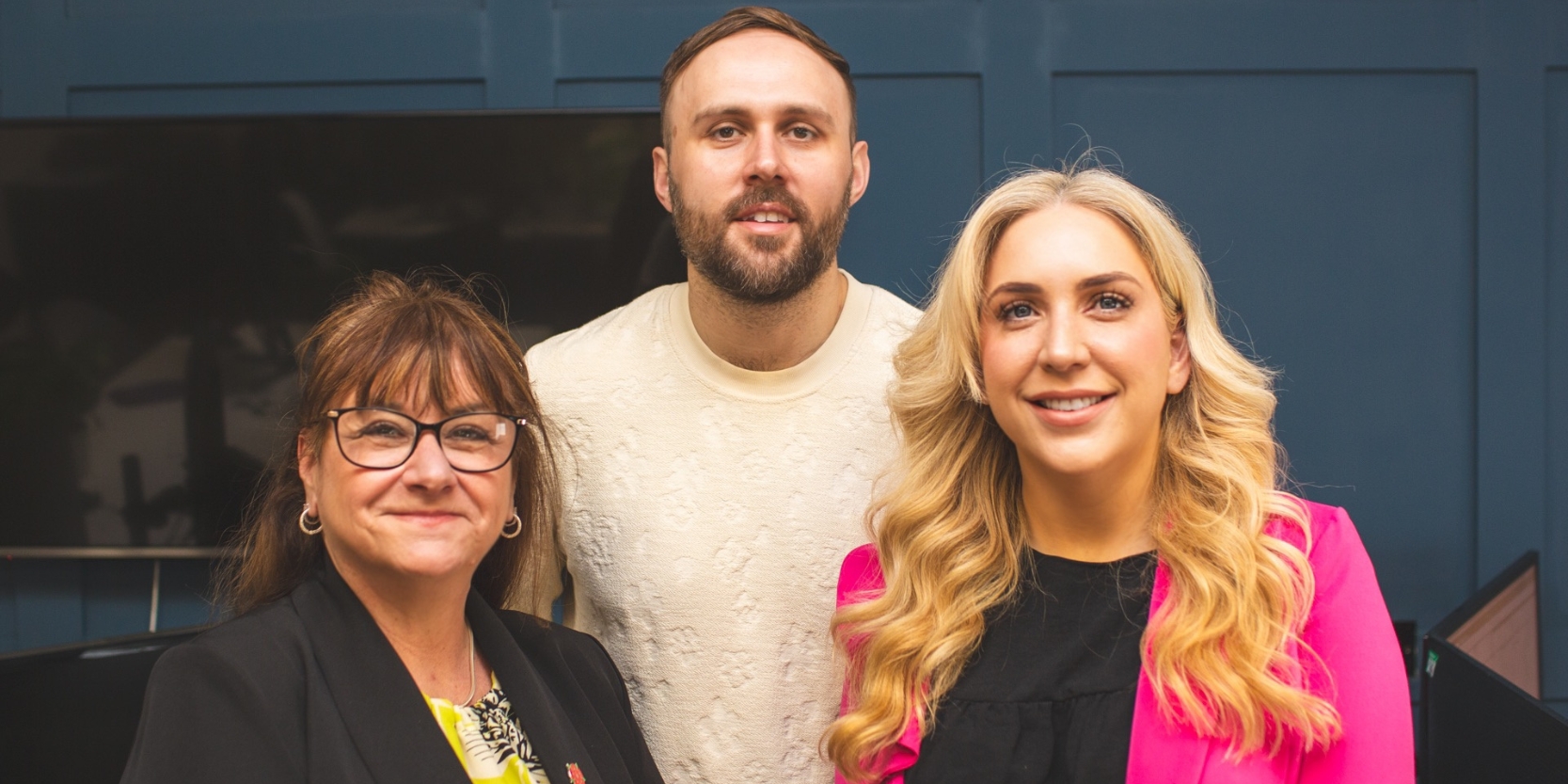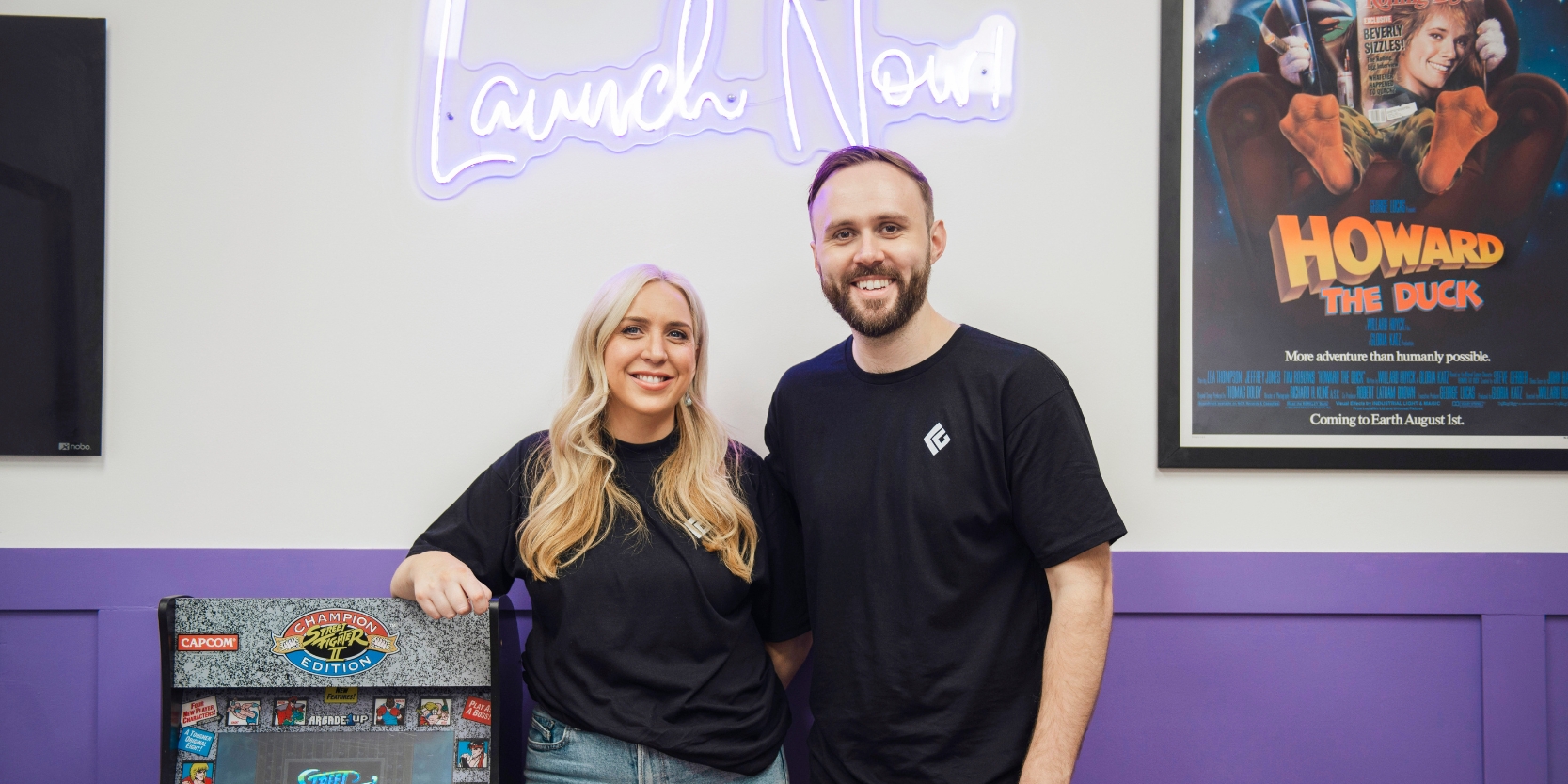Every UX/UI designer has their own unique process for turning ideas into fully functional designs. But how can you make that journey from sketch to prototype faster and more efficient without sacrificing quality?
In this blog post, I’ll share my personal workflow for creating seamless user experiences, from the initial sketch phase to building interactive prototypes. By having a process that you can follow, you can ensure that every project runs smoothly, hits deadlines and ultimately more profitable.
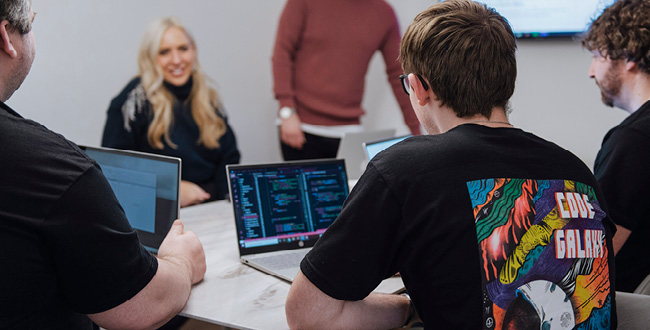
1. Ideation: Laying the foundation for great design
- Define the problem and objectives: Start by understanding the problem you’re solving. Conduct stakeholder interviews, review project requirements, and outline clear objectives for the design.
- User research: Gather qualitative and quantitative data to understand user needs, behaviours, and pain points. Use methods like surveys, interviews, and competitive analysis.
- Create user personas: Develop user personas to keep your design decisions user centric. Include details like demographics, goals, pain points, and behaviours.
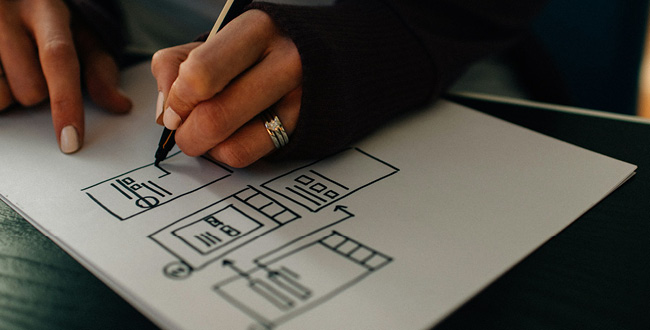
2. Sketching: Translating ideas into visual concepts
- Start with low-fidelity sketches: Begin with rough sketches to visualise concepts quickly. Focus on layout, user flow, and basic structure, without worrying about details.
- Wire-framing on paper or digital tools: Transition from sketches to low-fidelity wireframes. Use digital tools to create wireframes that outline content placement and functionality.
- Gather feedback early: Share your sketches or wireframes with stakeholders or team members for initial feedback. This saves time by catching issues early.
3. Designing: Creating high-fidelity mock-ups
- Move to high-fidelity designs: Once wireframes are approved, start designing high-fidelity mock-ups. Focus on visual elements like typography, colour schemes, and imagery while ensuring alignment with brand guidelines.
- Build a design system or component library: Use a design system to maintain consistency across the project. Leverage reusable components to speed up the design process.
- Test and refine designs: Conduct internal testing with stakeholders and collect feedback to make iterative improvements.
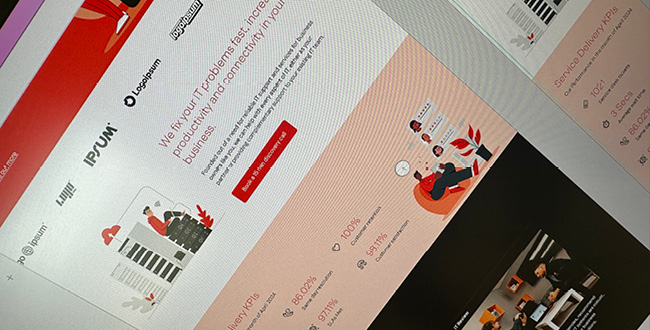
4. Prototyping: Bringing designs to life
- Create interactive prototypes: Build interactive prototypes that mimic the final user experience. Focus on key interactions, animations, and transitions to provide a realistic feel.
- User testing with prototypes: Conduct usability testing with real users using your prototypes. Gather insights on user behaviour, pain points, and areas for improvement.
- Iterate based on feedback: Refine the prototype based on testing feedback. Repeat the process until you achieve a design that meets user needs and project goals.

5. Collaboration: Working with developers and stakeholders
- Handoff with clarity: Prepare for a smooth handoff by providing developers with detailed design specifications, assets, and annotations. Use tools that support design-to-development workflows.
- Maintain open communication: Collaborate closely with developers to ensure your designs are implemented correctly. Address any challenges or discrepancies that arise during development.
- Use version control: Utilise version control for design files to keep track of changes and maintain consistency across the team.
Testing and Iteration: Refining the product
- Conduct final usability testing: Perform a final round of usability testing on the developed product. Focus on identifying any last-minute issues or usability flaws.
- Analyse feedback and iterate: Analyse test results, feedback, and user data to refine the design further. Ensure all findings are documented for future projects.
- Launch and monitor: After making the necessary iterations, launch the product. Continue to monitor user behaviour and gather data for post-launch optimisations.
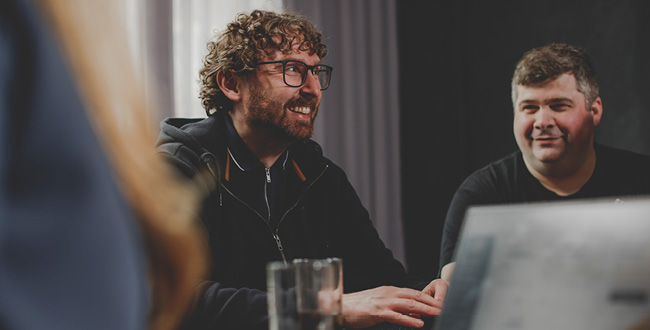
7. Reflection: Analysing what worked and what didn’t
- Post-mortem review: Conduct a post-mortem review with the team to discuss what worked well and what didn’t. Reflect on challenges, successes, and areas for improvement.
- Document learnings: Keep a personal or team log of lessons learned to apply them to future projects. Continuous learning is key to improving your design process over time.
Conclusion
Designing a great user experience requires a structured yet flexible workflow. By having a process, that works, you can make sure every project runs as efficiently as possible.
Additional Tips and Best Practices
- Stay organised: Keep your files, assets, and versions well-organised to save time during the design process.
- Embrace feedback: Be open to feedback at every stage, from sketching to final testing. It helps refine the design and ensures it meets user needs.
- Invest in learning: Continuously update your knowledge of new tools, design patterns, and UX principles to stay competitive and efficient.


